Recovery time after liposuction is a crucial phase that determines both the safety and aesthetic outcome of the procedure. While liposuction is generally considered a safe cosmetic treatment, proper post-operative care is essential to help the body stabilize quickly, minimize the risk of complications, and maintain long-term contouring results. According to Liposuction Experience, understanding the expected liposuction recovery time, the key aftercare steps, and potential warning signs is vital for achieving the best results. If you’re planning to undergo liposuction or have recently completed the procedure, make sure you follow the essential guidelines and expert tips shared in this article to support a smoother and safer recovery journey.
What is liposuction?
Liposuction is a cosmetic body contouring procedure designed to remove excess subcutaneous fat. The procedure involves the use of vacuum suction through a small, hollow tube called a cannula, which is inserted into the body through tiny incisions made in the targeted area.
With the surgeon’s precise aesthetic technique, the cannula directly targets the fat layer beneath the skin. The fat is loosened and gently extracted, helping reduce stubborn fat deposits and reshape the body contours for a slimmer, firmer appearance.
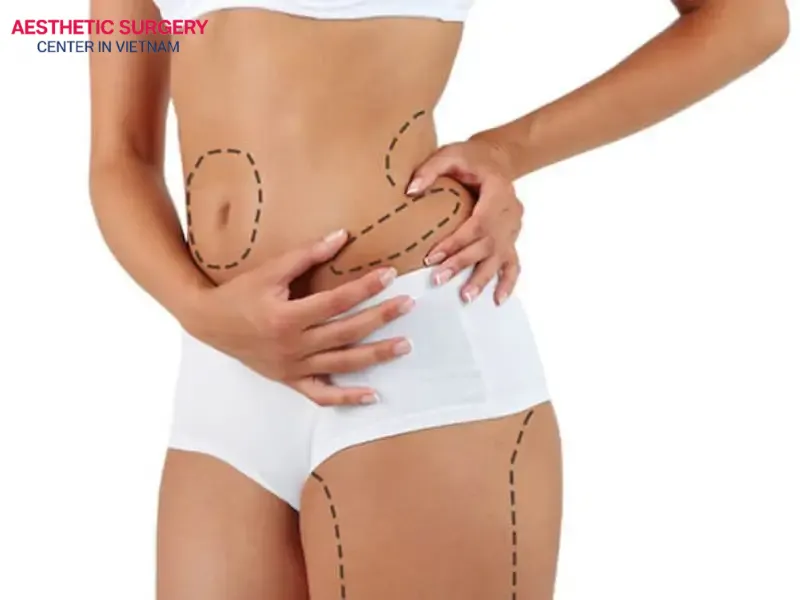
See more: How much does liposuciton cost in Vietnam?
Liposuction Recovery Timeline
The recovery process after liposuction involves multiple stages and varies depending on individual factors such as body condition, treatment area, and the extent of the procedure. Understanding each phase of liposuction recovery time will help you better prepare mentally, follow the correct aftercare plan, and maximize the aesthetic outcome. Let’s take a look at the recovery timeline, broken down into key stages, from immediately following surgery through week 6 and beyond.
Immediately Following Surgery
During the first 3 days after liposuction, your body enters the initial inflammatory response phase, a completely normal reaction to surgery, so there’s no need for excessive concern. At this stage, you may experience dull pain, mild itching, or tightness in the treated area, as adipocytes have been removed and connective tissue begins to regenerate. Swelling, bruising, and soreness are also common during this period.
From days 3 to 5, complete rest is essential to minimize complications such as fluid buildup, infection, or circulation issues. Patients are advised to wear medical-grade compression garments continuously to reduce swelling and support skin reshaping.
Avoid any strenuous movement and do not remove the compression garment prematurely during this phase. It is also crucial to follow your surgeon’s instructions on pain management, anti-inflammatory medication, and wound care.
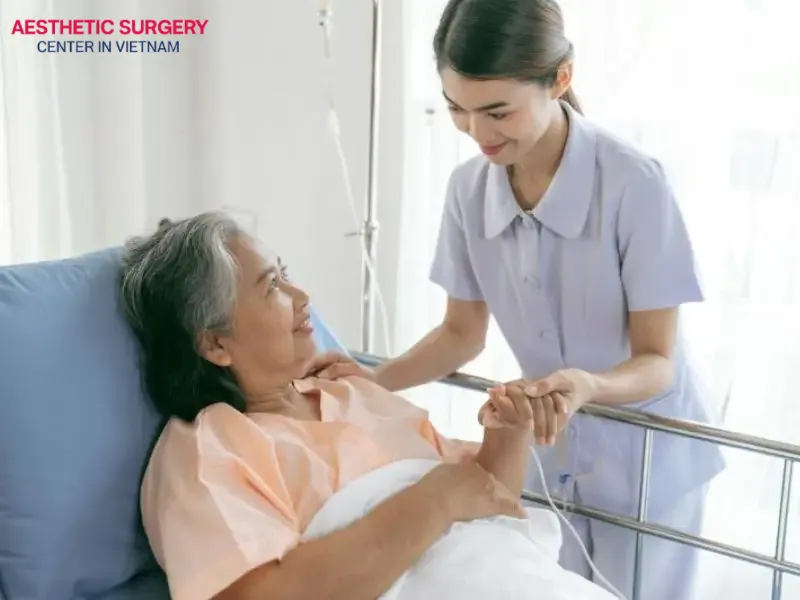
1 to 2 Weeks after Surgery
The first week after liposuction marks your initial follow-up appointment. During this visit, your surgeon will assess the healing progress of the treated areas, change the dressings, and remove stitches if non-dissolvable sutures were used. In cases where absorbable sutures were applied, they will begin to break down naturally around 4 to 6 weeks post-op.
At this stage, swelling may still be present but typically starts to subside. Bruising also fades noticeably. Most patients can return to office work or light daily activities, but it’s still essential to wear compression garments as directed to support body contouring and help stabilize soft tissues.
Patients should strictly follow a healthy lifestyle, avoiding factors that can delay healing, such as smoking, alcohol, and greasy or processed foods. In addition, maintaining proper wound hygiene is crucial in this phase to reduce the risk of infection during the first week of post-operative recovery.
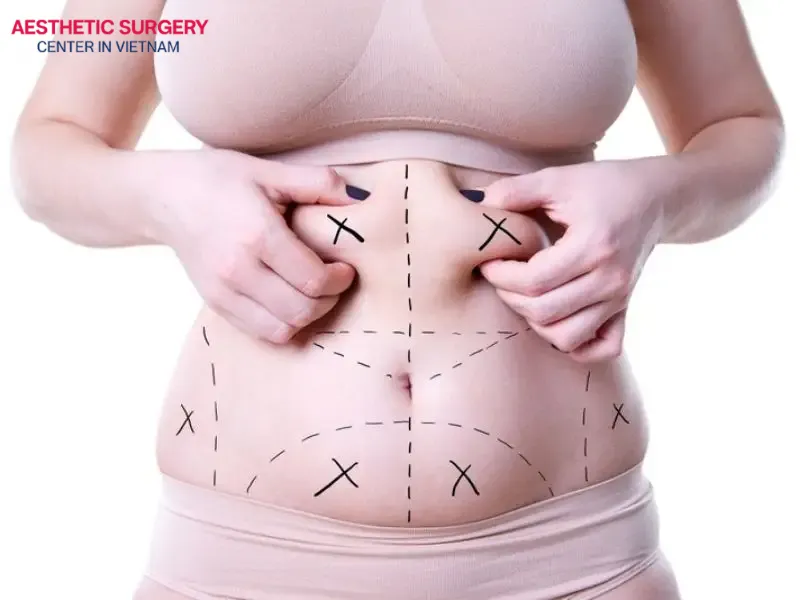
3 to 5 Weeks after Liposuction
Between weeks 3 and 5 after liposuction, most bruising has typically disappeared completely, and swelling is significantly reduced, especially in smaller areas like the arms or chin. However, larger treatment areas such as the lower abdomen, thighs, or back may still retain mild residual swelling.
This stage marks the beginning of soft tissue stabilization, where the body starts to reshape and recontour the treated zones. Continuing to wear compression garments or bandages is crucial during this period to support the new form, prevent uneven skin texture, and minimize the risk of sagging or wrinkling. Patients can return to light physical activity like walking or daily tasks, but intense exercise should still be avoided to prevent disrupting the healing process and aesthetic results.
At the same time, a diet rich in lean protein, leafy greens, and vitamin C-packed fruits can promote faster cell regeneration and tissue recovery. It’s also important to maintain proper skincare routines for the treated areas and monitor for any unusual signs. Contact your doctor promptly if necessary.

Week 6 and beyond
By week 6 after liposuction, most patients have made a full recovery. The treated adipocytes have stabilized, the incisions are fully healed, and the body contours become more defined and firm. During this follow-up appointment, your cosmetic surgeon will assess your results and may advise you to stop wearing compression garments, depending on the treated area and your healing progress.
This stage is also when you can resume physical activities such as exercise or high-intensity workouts, as long as your doctor has not given any restrictions. However, for large-volume liposuction areas, your surgeon may recommend continuing compression for an additional 1–2 weeks to enhance shaping and further skin tightening.
Maintaining a healthy lifestyle, staying active, and following a regular skincare routine will help preserve your results in the long term. If absorbable sutures were used, they would have fully dissolved by now without leaving visible scars. For some patients, this is also an ideal time to begin skin treatments such as massage therapy or laser sessions to improve elasticity in the treated area.
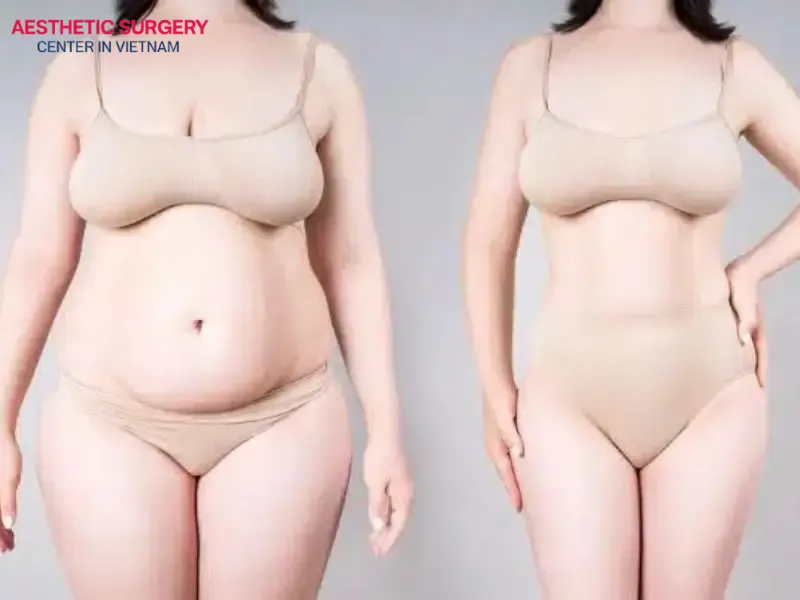
When will you see the results of your liposuction?
The final results of liposuction are not immediately visible after surgery. Your body needs time to fully heal and stabilize before the outcome is clearly reflected. On average, you will start noticing visible improvements between 4 to 12 weeks post-procedure, depending on the amount of fat removed, the treated area, and your individual body condition.
After surgery, the treated area goes through phases of swelling, bruising, and soft tissue restructuring. Swelling may last for several weeks, which can temporarily mask the actual results. Additionally, your skin requires time to retract and conform to your new body contours. For that reason, wearing compression garments properly and following all post-op instructions are essential for speeding up recovery and enhancing your final shape.
It’s important to note that liposuction results are permanent, as the removed adipocytes do not regenerate. However, this doesn’t mean your body can’t gain fat again. Without a healthy lifestyle, the remaining adipocytes can enlarge, leading to changes in body contour and reducing the aesthetic effect of the procedure.
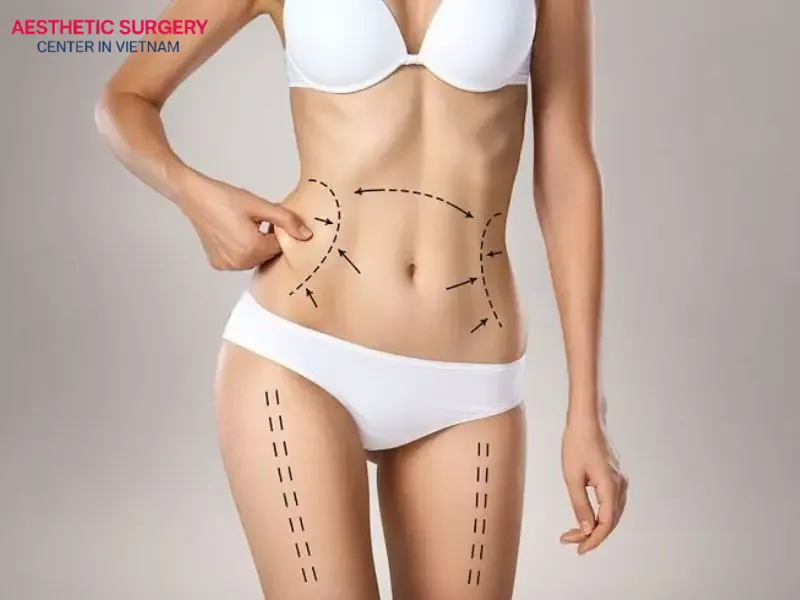
For long-lasting results, it’s essential to maintain a balanced diet, control your calorie intake, include plenty of vegetables and protein, and limit refined carbohydrates. In addition, consistent physical activity, especially muscle-strengthening exercises and cardio, will help stabilize your weight and preserve the body contours achieved through surgery.
In summary, with proper aftercare and a healthy lifestyle, you can fully enjoy the benefits of liposuction, maintain your results in the long term, and feel more confident with a slimmer, more toned physique.
See more: Is liposuction permanent?
How to take care after liposuction for a quick recovery?
Proper post-operative care after liposuction plays a critical role in shortening recovery time, minimizing complications, and achieving the best aesthetic outcome. Be sure to follow these essential aftercare guidelines:
Get plenty of rest
In the initial days following liposuction, your body needs adequate rest to repair damaged tissues. Most patients are advised to rest for 3 to 5 days, avoid strenuous activities, and limit unnecessary movement. Proper rest helps the treated area stabilize, reduces swelling, and prevents complications such as fluid buildup or wound infection.

Maintain a proper sleeping position
Sleeping in the right position can help reduce swelling and support the healing of soft tissue. If the treated area is the abdomen, thighs, or back, it’s recommended to sleep slightly on your side or elevate your head with pillows. Your surgeon will advise you on the most suitable sleeping posture depending on the treated zone, helping relieve pressure on the surgical site.
Follow a healthy diet
Your post-surgery diet directly impacts your recovery speed. Prioritize foods rich in protein, vitamin C, and essential minerals to promote tissue regeneration. Avoid alcohol for at least 2 to 3 weeks after surgery, as it may trigger inflammation, cause fluid retention, and prolong the healing process.
Stay hydrated
After liposuction, the body often experiences fluid retention and electrolyte imbalance. Drinking 2 to 2.5 liters of water per day helps maintain healthy blood circulation, detoxify the body, and reduce soft tissue swelling. Avoid beverages with caffeine or refined sugar, as they can contribute to dehydration.
Wear compression garments as directed
Wearing a compression garment or medical-grade binder is a mandatory part of recovery during the first 4 to 6 weeks after liposuction. It helps minimize swelling, shape the treated area, support skin retraction, and prevent surface irregularities. It’s recommended to have at least two sets for regular changing and cleaning to ensure hygiene and reduce the risk of infection around incision sites.
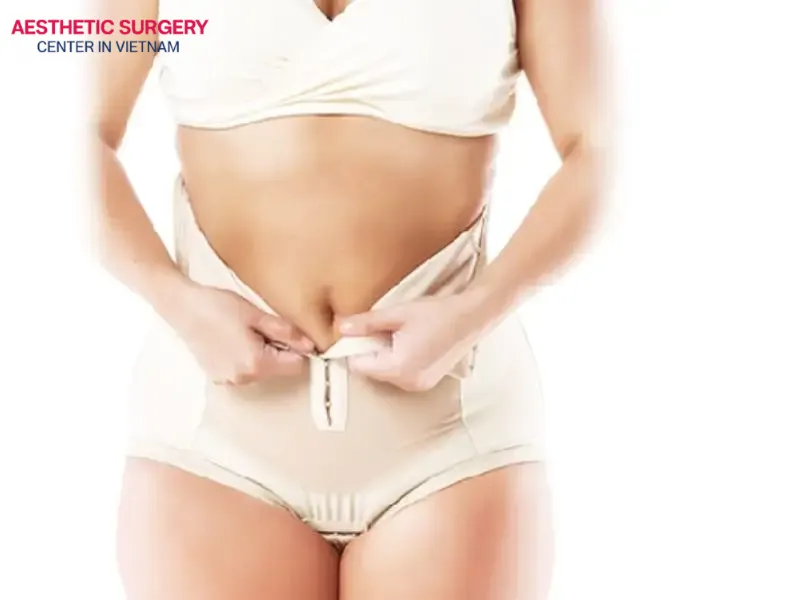
Liposuction not only removes stubborn fat but also reshapes the body quickly and effectively. However, to achieve the best possible results, it’s essential to understand the entire recovery process, from the initial swelling phase to complete bodily stabilization. Each stage requires specific attention in terms of rest, nutrition, wound care, and the use of compression garments to ensure a smooth, safe recovery and maintain long-term results.
If you’re considering improving your physique through liposuction, make sure to choose a reputable clinic with highly qualified surgeons, modern facilities, and a comprehensive post-operative care protocol. Aesthetics Surgery Center is proud to be a trusted cosmetic surgery provider in Vietnam, offering a team of experienced specialists and the latest advanced technologies. For detailed consultation on liposuction services and a personalized recovery plan, please contact us at hotline 0911 582 499.




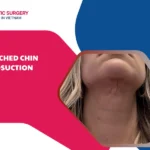
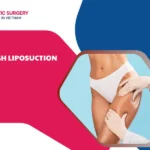
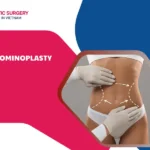

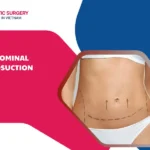
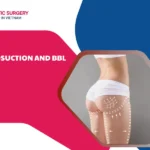
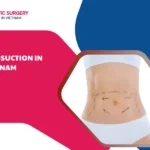
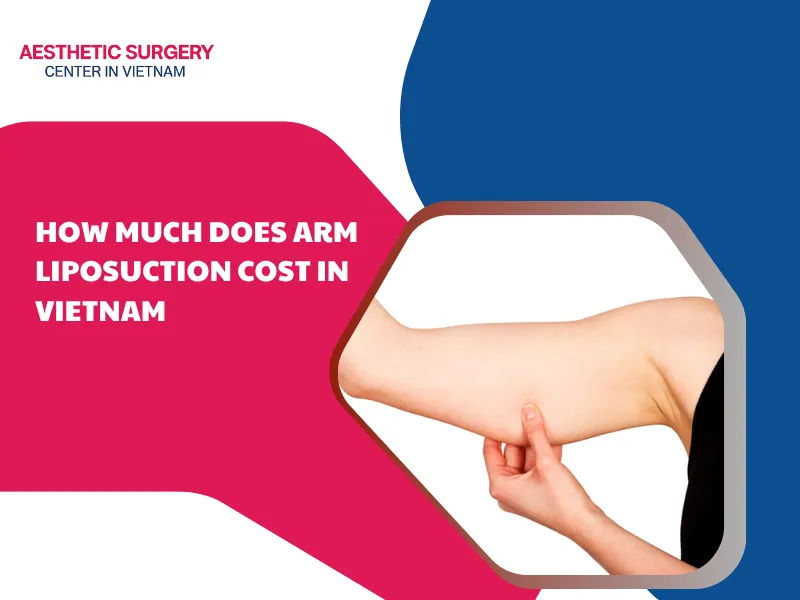
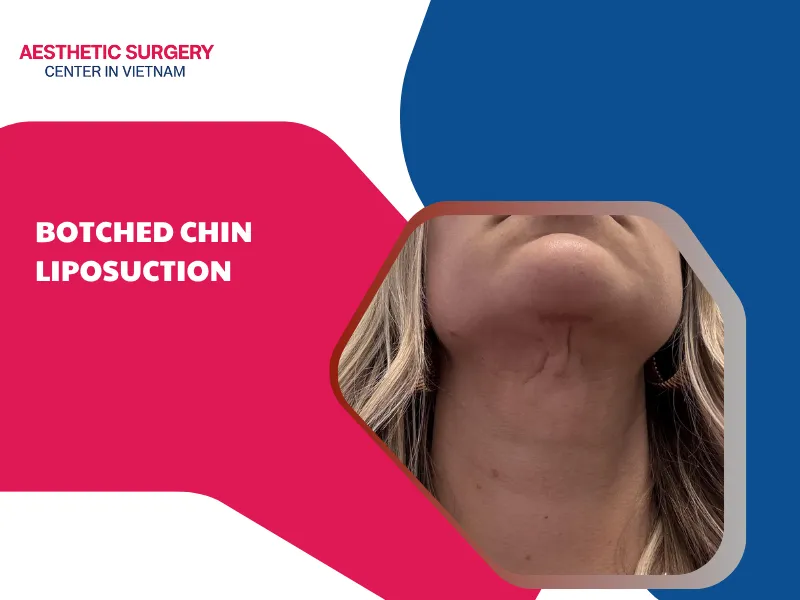
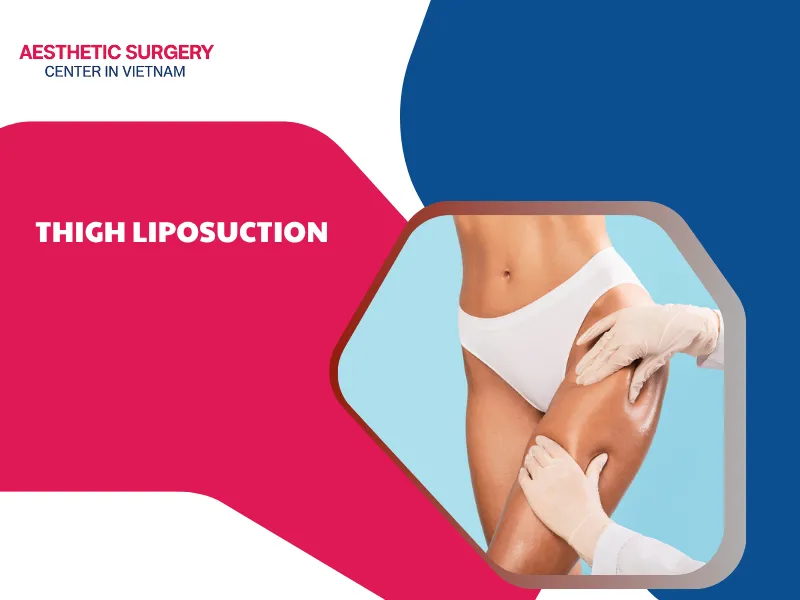
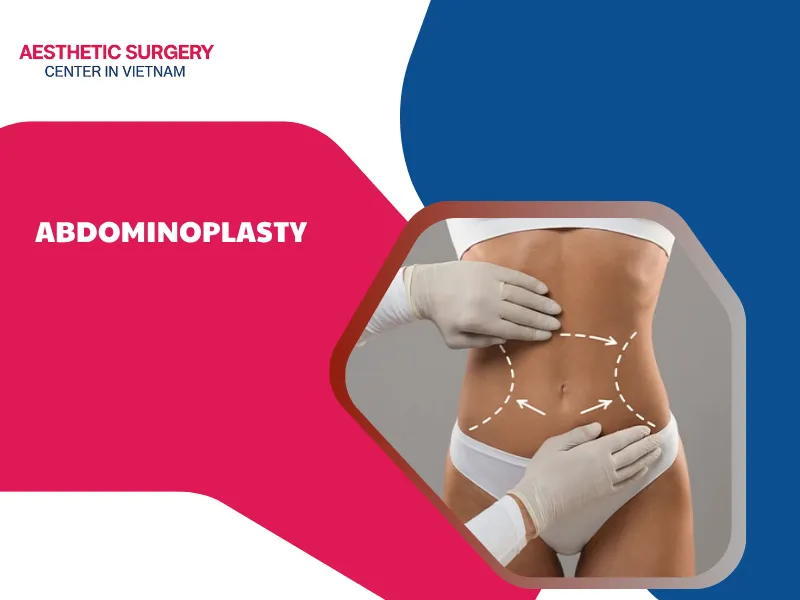
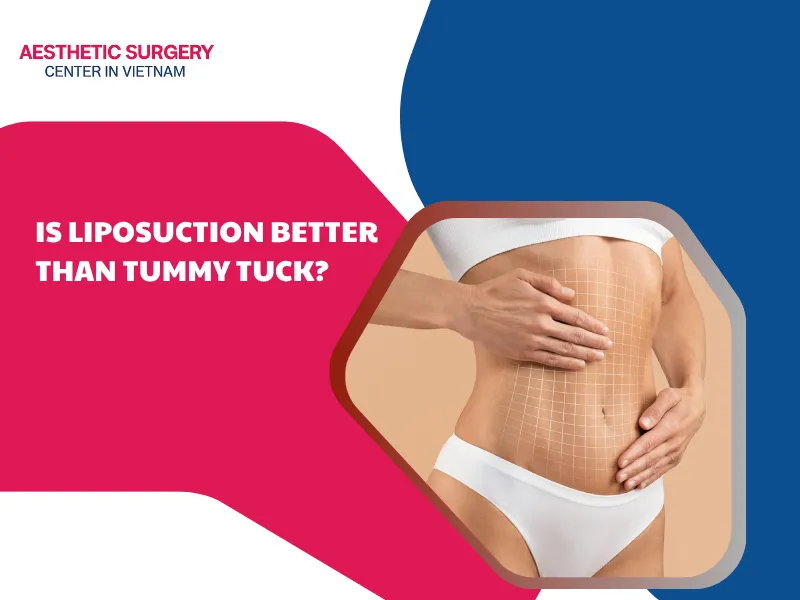




Comment on the post